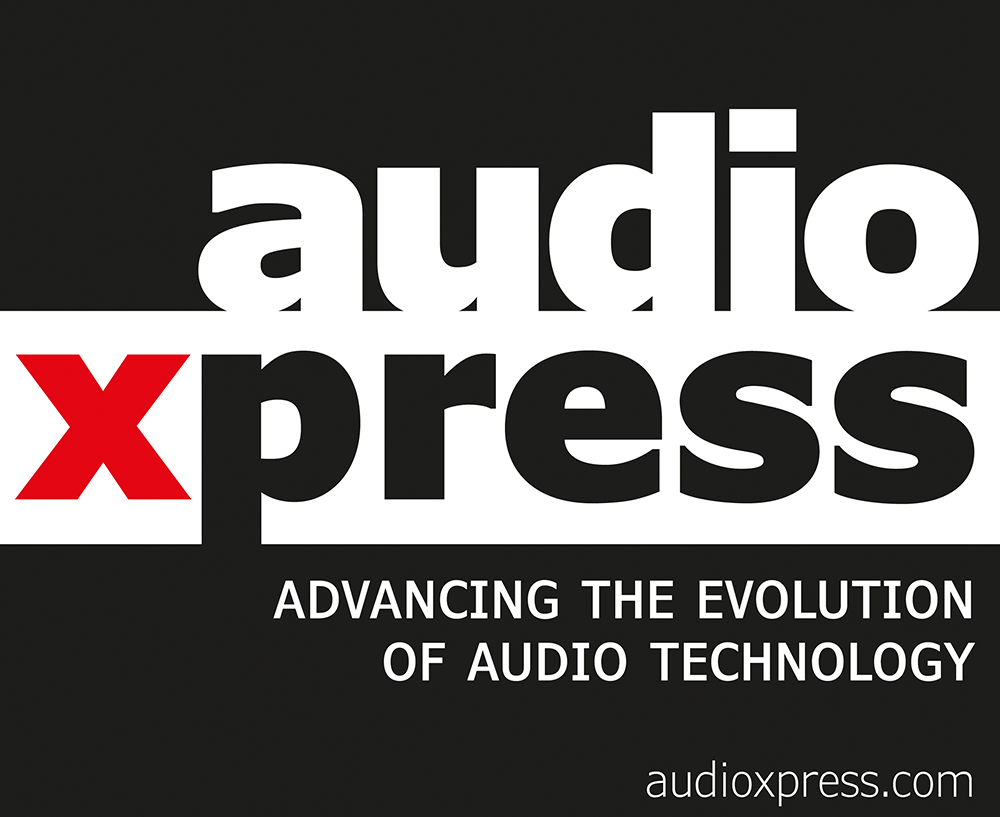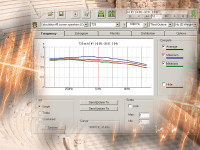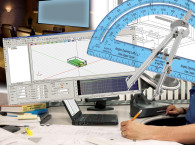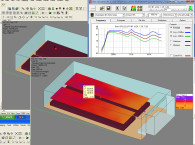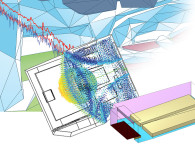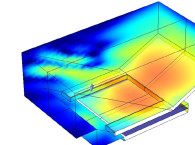
As the article details, since personal computer speed and capacity have improved in the last decades, a number of commercial architectural acoustical modeling programs have been released, most using ray-tracing algorithms to provide a plethora of acoustical predictions for the space being modeled, and applying algorithms to predict if and where echoes will be a problem. They also provide speech intelligibility using several different systems, and direct and total sound coverage for specific models, locations, and aiming of speakers.
"Each acoustical modeling program has advantages and disadvantages, as well as characteristics and quirks that cause a given user to prefer one over the other. These differences include various ways of inputting the dimensions and physical characteristics of the venue, variations in the manner that the output data is presented, and special functions offered in some programs, such as walk-through auralization, which presents a visual rendering of the venue as though you were walking through it, coordinated with auralized sound corresponding to the part of the venue where the visualization shows you to be located... Obtaining reliable results from a modeling program requires an understanding of acoustics, experience with the specific software, and an appreciation of certain basics of modeling," Honeycutt writes in the introduction of the series, the first article of which is now available online.
Read all other articles in the series:
Duran Audio DDA Software
ODEON Room Acoustics Software
EASE
CATT-Acoustic
Bose Modeler
This article was originally published in audioXpress, March 2014.
Read the full article now available online here.
